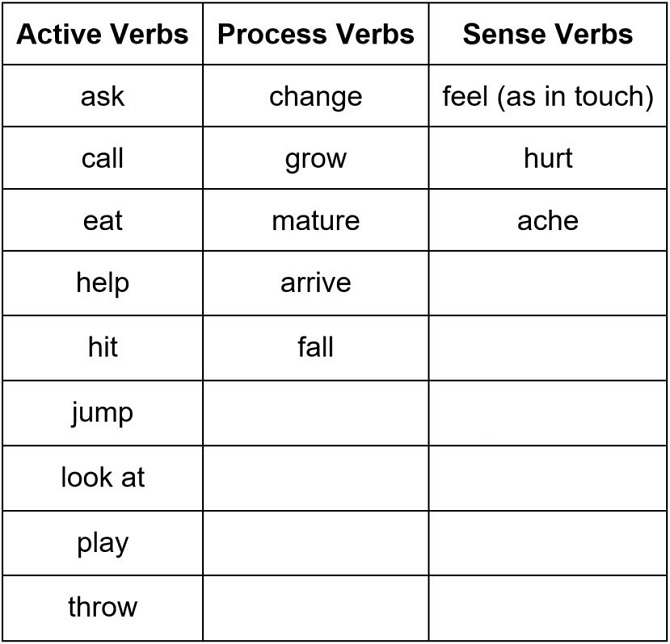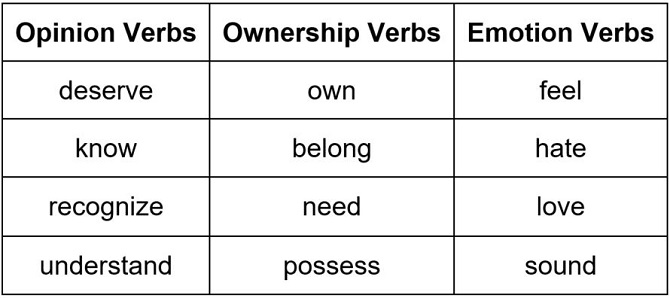The present continuous verb tense indicates that an action or condition is happening now, frequently, and may continue into the future.
The Present Continuous Formula: to be [am, is, are] + verb [present participle]
Example: Aunt Christine is warming up the car while Scott looks for his new leather coat. They are eating at Scott’s favourite restaurant today, Polly’s Pancake Diner.
The present continuous (present progressive) tense is a way to convey any action or condition that is happening right now, frequently, and may be ongoing. It adds energy and action to writing, and its effect helps readers understand when the action is happening. Imagine Aunt Christine has surprised her nephew Scott for his birthday and is going to take him out to his favorite restaurant, Polly’s Pancake Diner. If I wanted to tell the story after it happened, I’d use the past tense:
Example: They waited at the red light, and Scott worried they might miss their reservation. (Past tense)
But what I really want to convey is how the event unfolded, showing the action as it is happening:
Example: “Are you waiting to open your presents after you eat your pancakes?” said Aunt Christine, taking a sip from her root beer. (Here the present continuous is being used in question form.)
The Present Continuous Formula
To form the present continuous, follow this formula:
To Be [Am, Is, Are] + Verb [Present Participle]
When to Use the Present Continuous Tense
Use the present continuous tense with the appropriate “to be” verb and a dynamic verb. A dynamic verb shows action and/or process. For example,
Scott’s little sister is arriving at the diner two hours late because her roller-derby team, Chicks Ahoy, won the national championships early today. As she is walking into Polly’s Pancake Diner, she is yelling goodbye to her friends outside, and Scott hopes she doesn’t cause a scene since she is always embarrassing him in public.
When Not to Use the Present Continuous Tense
Do not use the present continuous tense with stative verbs. Stative verbs show a state of being that does not show qualities of change. These verbs can stay in the simple present. For example,
Incorrect: Aunt Christine is preferring the maple walnut pancakes over the banana peanut butter ones that Scott loves.
Correct: Aunt Christine prefers the maple walnut pancakes over the banana peanut butter ones that Scott loves.
Here, the stative verb to prefer shows opinion, and therefore should not be conjugated into the present continuous. Stative verb categories include emotion (to love), possession (to belong), and thoughts (to recognize), and none of these should use the present continuous form.
The Exception to the Rule
Some verbs can be both dynamic and stative! Think about the verbs to be and to think. In its dynamic form, the verb to be can show action:
Example: Sarah, Scott’s little sister, is being bold by ordering the jalapeno-chipotle pancakes.
But in its stative form, the verb to be is awkward if conjugated in the present continuous.
Incorrect: Sarah is being a tall teenager, who loves her food spicy and her sports dangerous.
Correct: Sarah is a tall teenager, who loves her food spicy and her sports dangerous.
Common Construction in the Present Continuous Tense
.png)





.png)
.png)
No comments:
Post a Comment